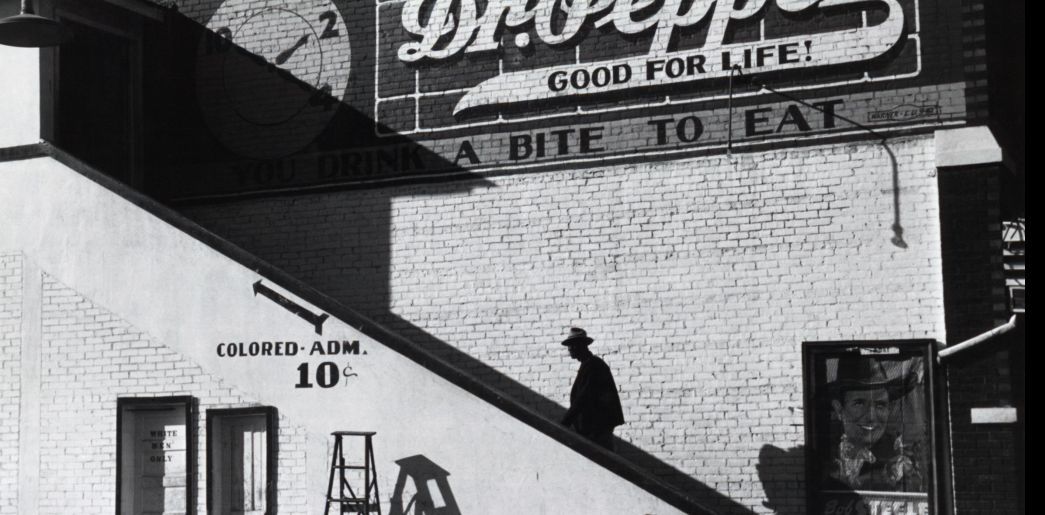AWARD YEAR
2017
CATEGORY
Community
GOALS
Reduced Inequality
KEYWORDS
segregation , inequality
COUNTRY
United States of America
DESIGNED BY
Ruben Segovia
WEBSITE
http://www.citylab.com/housing/2017/01/drawing-lessons-from-a-segregated-history/512081/?utm_source=twb
The Tracers
Graphic novel tacking impacts of racial zoning ordinances based on field studies.
In Ruben Segovia’s graphic novel The Tracers, two African-American teens wander upon a vacant lot that once served as a backdrop for an anti-housing integration flier from 1916. It’s the same leaflet that The Atlantic’s national correspondent. One of Segovia’s characters recalls how back in 1916, African Americans were forbidden to “move to a place with 75 percent white dudes.” The other character responds by bringing up Harland Bartholomew, the “dean of city planners” who used racial zoning ordinances to segregate St. Louis. The young men proceed throughout the rest of the narrative to search for clues that might connect that racist history to the blighted lot that sits before them today. Segovia’s graphic novel is part of a series of books created by a group of students from Harvard’s Graduate School of Design, each of which tell the story of the various policy instruments used to orchestrate racial segregation based on field studies in St. Louis and Ferguson, Missouri.



